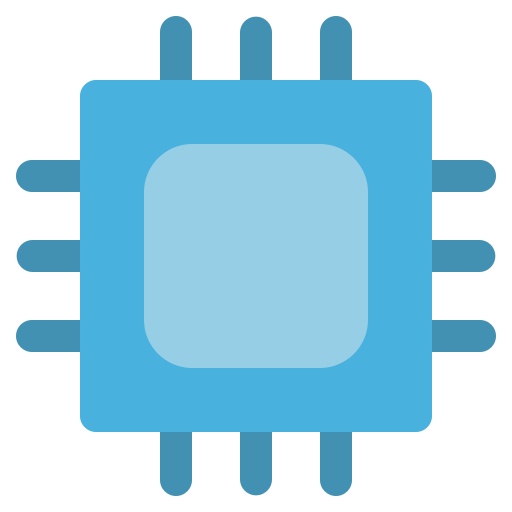- cross-posted to:
- [email protected]
- cross-posted to:
- [email protected]
At least they increased the VRAM of this card, while the VRAM of all the other cards remained the same, which is certainly a pity and a hidden way for NVIDIA to upsell their stack.
The RTX 5090 was put through its paces in Geekbench 5, where it notched up impressive scores in both the OpenCL and Vulkan tests (via BenchLeaks). In the former, the 5090 scored 367,740 points, which is 15 percent more than what the RTX 4090 achieved. In the latter, the new flagship chalked up 359,742 points, which is 37 percent higher than the RTX 4090’s score.
In the CUDA API, the card scored 542,157 points, 27 percent higher than the 424,332 points racked up by the RTX 4090. While it is an impressive score, it’s not as significant a generational leap as some had expected, given that the new card has 32 percent more CUDA cores than its predecessor.
Considering the 32% increase in CUDA cores, the uplift does seem rather modest. I am assuming this will increase as the driver quality improves. Sounds like Nvidia is going all in on frame generation for the 5000 series.
I mean yeah did we expect more than 25-33%? They showed 33% w/o frame generation on their own benchmarks. Frame generation is where this is meant to be good. Which like, is a bad gimmick and I don’t think you should base your entire new line of cards around it, but AI!!! And shareholders or whatever.
It’s a really weird marketing play, because the top end card is where you should get great performance without relying on frame gen. Frame gen makes the most sense as a feature to somewhat bridge the gap on mid tier cards. Low end cards are too weak to perform well even with frame gen. I can’t imagine that someone dropping $2000 on a card is going to be enthusiastic about ai frames.
Yeah its a wild thought, but I mean, what are they going to do? Lose money? Pfft.
They key uplift this generation at the top is “price”


